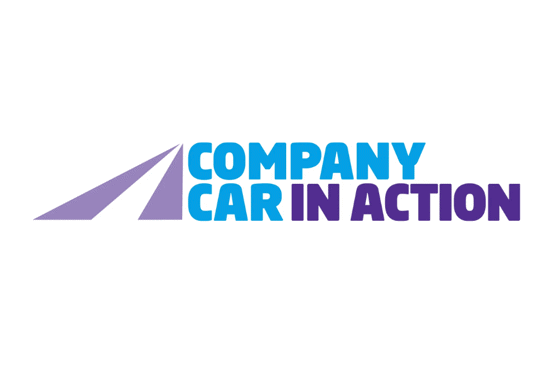By Andy Bland, head of business rental UK and Ireland at Enterprise Mobility
Our recent research suggests that as many as one in eight UK employees work for an organisation that doesn’t have a travel policy for business motoring.
In addition, only two in five said they completely understood their employer’s travel policy.
A clear and well-communicated travel policy is important because it sets out guidelines for work-related journeys.
It must also address the key macro factors that can affect employee travel, ensuring that every business trip is aligned to business goals.
There are four areas that are important to consider:
1. Innovation and technology
Technology is transforming business travel. There are new vehicle types, transport modes and technology platforms available to empower employees and deliver powerful analytics.
New booking technology can evolve journey planning for employees making their own travel arrangements. Some can incorporate the company’s travel policy to encourage compliance, assisting sustainability goals.
For example, if an organisation has a policy to encourage EV use, ensuring an EV tops the list of available rental vehicles makes it straightforward for employees to comply, even if they don’t know or remember the policy.
The latest booking tools can also help fleets that want to move employees away from grey fleet trips towards alternatives like on-site car clubs or even active travel.
The same technology combined with onboard telematics can harvest essential data that provides accurate insights into changing travel needs, assisting better journey planning and also enabling better policy design.
A better understanding of how, why, where and when people travel can bring fresh thinking and approaches and help customers craft better transport options for employees – sometimes even as part of the pre-RFP discussion.
2. Differing travel requirements
Travel policies should reinforce an employer’s duty of care to its employees and their wellbeing. This means building in flexibility and empathy for how people in different life stages or juggling different roles may have different travel needs.
People carrying equipment for an upcoming trade conference are likely to require a larger car and a train trip may not be an option.
Others may prefer to use the train so they can work or decompress for the bulk of a journey before picking up a car club vehicle at the end for the last few miles to their destination.
3. Changing workplaces
The workplace is changing fast and being affected by many macro trends – some economic, some generational – that impact business mobility requirements.
Organisations can no longer rely on employees – particularly younger ones – owning a car to use for work trips. People aren’t starting journeys from where they used to, because there are so many hybrid, remote and home workers.
Do employees now need vehicles at their home rather than the office? If so, what’s the best option? Is it a rental delivered to their door, or access to a car club vehicle parked at the end of their road?
Or, as many businesses now have a ‘train first’ policy, what are the nearby public transport options? And how will the employee handle the journey to or from the station?
4. Evolving needs
The best travel policies are employee-centric, providing choice and prioritising convenience, comfort and safety. They provide a great driver experience while still meeting the organisation’s wider objectives.
Communicating the key changes once a policy is updated is also vital to get buy-in from the beginning.
If people know the business is trying to reduce CO2, it will be easier to understand why they shouldn’t drive their older, often higher-emission personal car for work.
Organisations need a policy that’s easy to comprehend and implement: a living part of every mobility decision, rather than a document sitting unread in an inbox or a drawer.
That’s because nothing is set in stone. New technologies and mobility services arrive all the time. New ways of working are changing how employees travel.
Policies therefore have to evolve too: to meet organisational goals and to ensure employees continue to enjoy the best travel experience.
If a policy is built around the major macro factors affecting employee travel, it will be easier to develop tactical mobility programmes that meet the needs of the business and of its employees.

















Login to comment
Comments
No comments have been made yet.